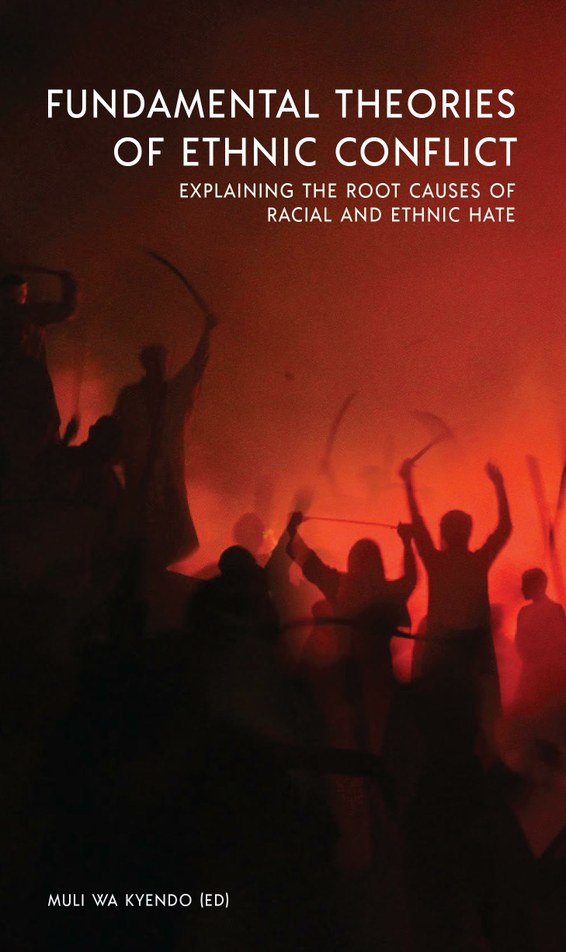|
In writing for fiction, you present your protagonist with a series of problems. (These are the “’pins” we stick in the pincushion.) Next, the question is, how and when should each conflict be resolved?
At first glance, a writer might feel that each conflict deserves a quick and effective resolution. However, when considering the need for suspense in a story, this is not always true. And, please remember, the element of suspense is what keeps your reader engaged in your story.
Surprisingly, a fiction story is more successful in creating tension and emotion if any conflict is frustrated just when the conflict seems to be resolved.
Again, using Julian Fellows television/film drama, Downton Abbey, viewers are aghast when any of the 20 characters encounters a heartbreaking obstacle just when the viewer expects a happy ending to their troubles. For example, when Lady Edith Crawley is ready to accept a marriage proposal, much to the viewer’s joy and relief, her sister informs the suitor that she has a child from a previous relationship. Because the Lady hasn’t yet trusted her suitor with this information, he leaves her because she failed to trust him. What a Downton downer that was!
As a writer, when possible, lead your charter to achieve her or his goal, and then insert a frustrating obstacle just as the solution is at hand.
While this suggestion doesn’t always fit a situation, it’s useful to keep it in mind. For an experienced reader will find a story mechanical and uninteresting if the conflicts are too easily resolved.
As a warning, however, it’s important to solve the conflict later in the story so conflicts are all tied up at the conclusion. Typically, resolution of less important conflicts (or “pins” in the pincushion) may be reserved for a short “denoument” after the story’s main conflict is resolved. In that section, it’s typical for several conflicts to come to an end (not always a happy one, though). (The denoument is the final part of a narrative in which strands of the plot are drawn together and matters are explained or resolved.)
Further, as a gentle greeting, may the writer enjoy peaceful resolution to all of life’s conflicts, with no frustrations in between.
 Fundamental Theories of Ethnic Conflict, by Muli wa Kyendo (ed.)
Fundamental Theories of Ethnic Conflict, by Muli wa Kyendo (ed.)
Description
This book develops and expands on theories that aim at explaining the root causes of ethnic and racial conflicts. The aim is to shift focus from research, policies and strategies based on tackling the effects of ethnic and racial conflicts, which have so far been ineffective as evidenced by the increase in ethnic conflicts, to more fundamental ideas, models and strategies. Contents extend across many disciplines including evolution, biology, religion, communication, mythology and even introspective perspectives.around the world.
Drawn from around the world, contributors to the book are respected and experienced award winning authors, scholars and thinkers with deep understanding of their special fields of contribution. The book was inspired by the conditions in Kenya, where ethnic violence flared up with terrifying consequences following a disputed election in 2008. Although the conflict was resolved by the intervention of the international community, Kenyans – like many other Africans - continue to live in fear of ethnic conflicts breaking out with more disastrous consequences. The book will be useful to policy makers, NGOs and others involved in promoting peace. It will also be useful in guiding research and as a text book in universities and colleges.
Handbook of Research on Examining Global Peacemaking in the Digital Age, Bruce L. Cook (ed.)
Description
Violent behavior has become deeply integrated into modern society and it is an unavoidable aspect of human nature. Examining peacemaking strategies through a critical and academic perspective can assist in resolving violence in societies around the world.
The Handbook of Research on Examining Global Peacemaking in the Digital Age is a pivotal reference source for the latest research findings on the utilization of peacemaking in media, leadership, and religion. Featuring extensive coverage on relevant areas such as human rights, spirituality, and the Summer of Peace, this publication is an ideal resource for policymakers, universities and colleges, graduate-level students, and organizations seeking current research on the application of conflict resolution and international negotiation.
Visit our sister web sites..
http://www.author-me.com/
http://www.authormepro.com
http://www.reservebooks.com/
http://www.strategiesforpeace.org/
http://www.sudanlit.com/
http://www.cookcom.net/
http://www.innisfreepoetry.org
We have developed a world peace website: www.wwpo.org
Publishing New Writers,
September 2019 (vol. 20, no. 9)
Publisher:
Dr. Bruce L. Cook
1407 Getzelman Drive
Elgin, IL 60123
Submissions/comments cookcomm@gmail.com. Links are welcome. To subscribe and/or review our archive of past newsletters, go to
http://www.author-me.com/newslist.htm